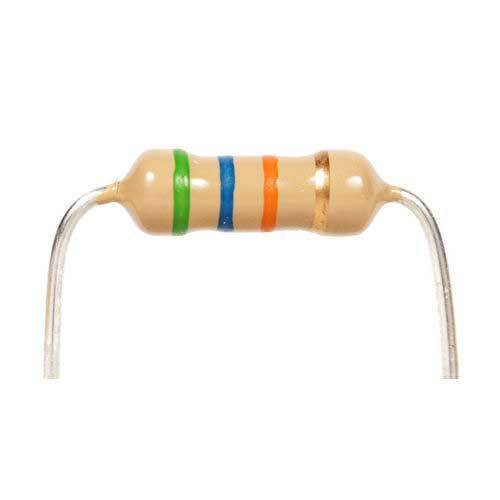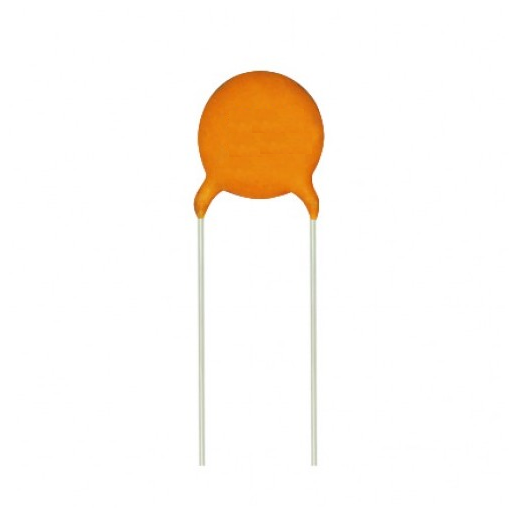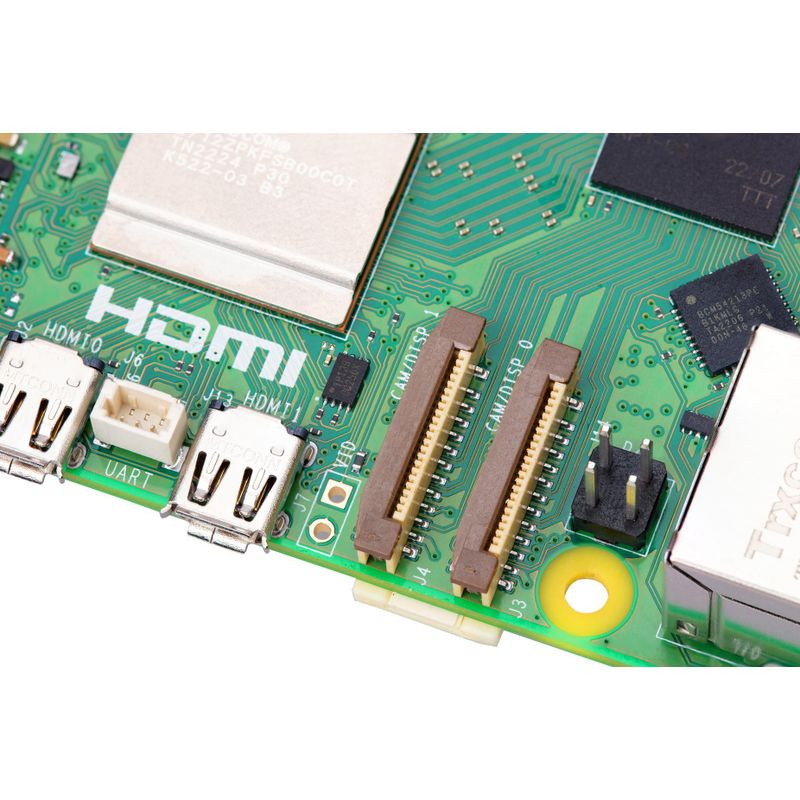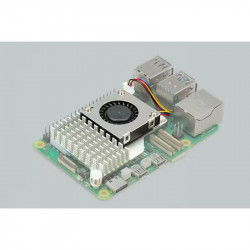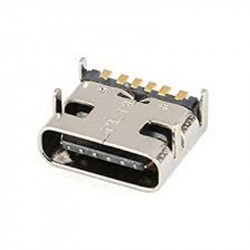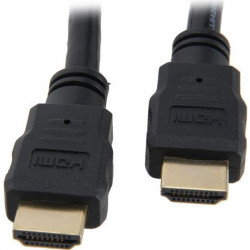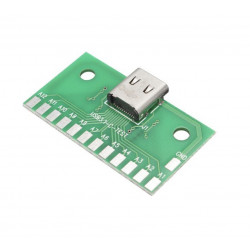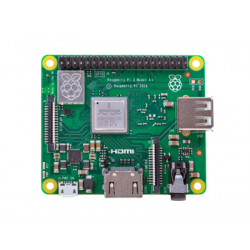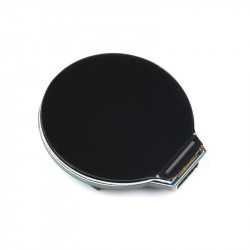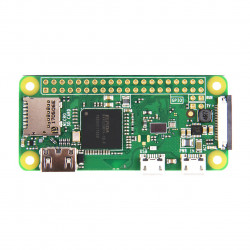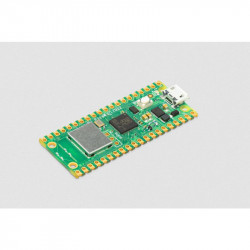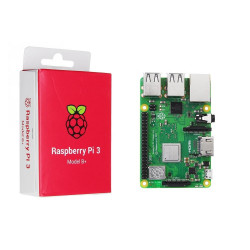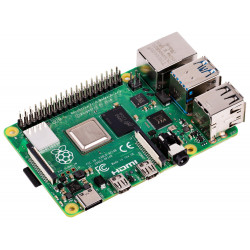Store address and hours
location_on 4131 Fraser St. Vancouver BC Get Directions
phone 604-875-1993 Call us
access_time Hours
| Monday - Friday | 9AM - 5:30PM |
| Saturday - Sunday & Holidays | Closed |
| See Holiday Hours | |

-
 close
close -
CATEGORIES
-
-
-
-
-
-
-
-
-
-
-
-
-
Featured Items
-
-
-
-
-
-
-
More mirco-controllers
-
More Developement Tools
-
-
More Prototyping
-
More Modules
-
-
Featured Items
-
More prototyping Tools
-
-
-
-
-
-
-
-
Featured Item
-
-
-
-
-
-
-
Featured Items
-
-
-
-
-
-
-
-
-
-
Featured Items
-
-
-
-
-
-
-
-
-
-
-
Featured Items
-
-
-
-
-
-
-
-
-
Featured Items
-
-
-
-
-
-
Popular Cleaners
-
-
-
Featured Items
-
-
-
-
-
-
-
Featured Items
-
-
-
-
-
Featured Items
-
-
-
-
Featured Products
-
-
-
-
-
more motor
-
-
more power supplies
-
-
Featured Items
-
-
-
more electrical devices
-
-
-
-
-
-
-
Featured Items
-
-
-
-
-
-
BRANDS
-
- PROJECTS
-
COMMUNITY
-
-
-
FEATURED POSTS
-
-
-
- SALE
RASPBERRY PI 5, 8GB RAM
Description
Featuring a 64-bit quad-core Arm Cortex-A76 processor running at 2.4GHz, Raspberry Pi 5 delivers a ×2 to ×3 increase in CPU performance relative to Raspberry Pi 4. Alongside a substantial uplift in graphics performance from an 800MHz VideoCore VII GPU; dual 4Kp60 display output over HDMI; and state-of-the-art camera support from a rearchitected Raspberry Pi Image Signal Processor, it provides a smooth desktop experience for consumers, and opens the door to new applications for industrial customers.
For the first time, this is a full-size Raspberry Pi computer using silicon built in-house at Raspberry Pi. The RP1 provides the bulk of the I/O capabilities for Raspberry Pi 5, and delivers a step change in peripheral performance and functionality. Aggregate USB bandwidth is more than doubled, yielding faster transfer speeds to external UAS drives and other high-speed peripherals; the dedicated two-lane 1Gbps MIPI camera and display interfaces present on earlier models have been replaced by a pair of four-lane 1.5Gbps MIPI transceivers, tripling total bandwidth, and supporting any combination of up to two cameras or displays; peak SD card performance is doubled, through support for the SDR104 high-speed mode; and for the first time the platform exposes a single-lane PCI Express 2.0 interface, providing support for high-bandwidth peripherals.
Key features include:
- Quad Arm Cortex-A76 @ 2.4GHz
- Cryptographic Extension support (AES on hardware)
- 512KB per-core L2 caches
- 2MB L3 cache
- 8GB LPDDR4X-4267 SDRAM
- Dual 4kp60 HDMI display output with HDR support
- 4kp60 HEVC decoder
- VideoCore VII graphics, with OpenGL-ES 3.1, Vulkan 1.2
- Raspberry Pi Image Sensor Processor (ISP)
- Raspberry Pi connector for PCIe (1 x 2.0 port, additional HAT required)
- 802.11ac dual-band Wi-Fi
- Bluetooth 5.0 (with BLE support)
- Gigabit Ethernet
- 2x USB 3.0 (capable of simultaneous full throughput)
- 2x USB 2.0
- PoE support (additional HAT required)
- Dual 4-lane MIPI CSI/DSI transceivers, supporting
- 2x display; or
- 2x camera; or
- 1x display + 1x camera
- Raspberry Pi 40-pin GPIO header
- Fan connector
- Real Time Clock (RTC)
- RTC battery connector
- Power button
Note: Powering the Raspberry Pi 5 has a minimum requirement of 5V 3A, however if you are going to run higher power peripherals like hard drives and SSD while retaining peak workloads, a USB-PD enable power supply capable of 5V 5A (25W) should be used. This will increase the USB current limit for peripherals to 1.6A providing 5W of extra power for downstream USB devices and 5W of extra onboard power budget. If you are using the standard 15W USB power supply, the USB ports will be current limited to 600mA. Please see the Raspberry Pi 5 documentation for more info.
You may also like
Frequently bought together
Related products



























































































.png)
